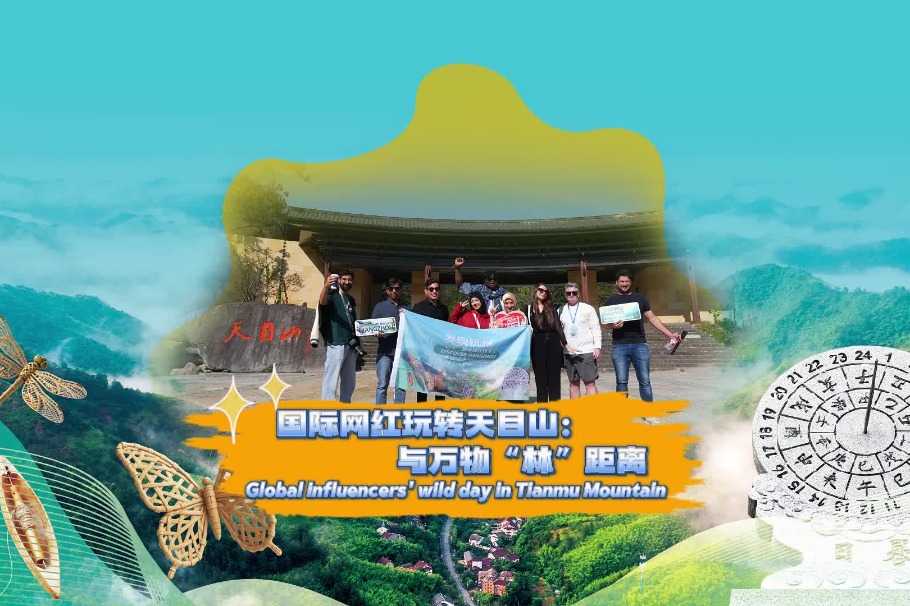'Group-style' aid program transforming healthcare in Xizang


More than 2,400 specialist doctors have been sent to the Xizang autonomous region since 2015 under a "group-style" medical assistance program, a decade-long initiative that officials say has dramatically improved healthcare quality and saved countless lives.
The program, which focuses on capacity building, talent development and high-altitude medical research, has shifted from short-term aid to a sustainable "blood production" model that strengthens local hospitals rather than relying on temporary outside support, Tan Xiangdong, deputy director of the region's health commission, said at a news conference on Monday.
The initiative — spearheaded by 12 provinces and municipalities across China — initially used a"1+7" framework, supporting one central hospital and seven city-level hospitals. By August 2021, it had expanded into a "1+7+13" network that includes 13 county hospitals. Six city hospitals have now reached Class A tertiary status, the country's highest accreditation level, while seven county hospitals have attained Class A secondary status, with more expected to follow, Tan said.
A central element of the effort has been its "master-apprentice "model. More than 2,000 medical teams have received mentorship, training over 5,400 local doctors, according to Tan.
By the end of 2020, the region's maternal mortality rate had fallen to 48 per 100,000, down from 108.86 in 2014. The infant mortality rate dropped to 7.6 per 1,000 from 16.81 over the same period. Average life expectancy rose to 72.19 years by the end of 2020, the commission's data shows.
Lhasa People's Hospital illustrates the transformation. Once an ordinary regional facility, it is now the first in Xizang to earn Class A tertiary accreditation. Outpatient visits have surged to 370,000 annually, 2.5 times the figure a decade ago, said Bai Youqing, the hospital's vice-president.
Complex procedures — including plasma exchanges, splenic rupture surgeries and the region's first successful treatment of toxic epidermal necrolysis — are now regularly performed.
Training local talent for long-term impact remains a core goal. Through structured mentorship, many local doctors have gained the ability to independently manage complicated cases.
In August 2025, Tsewang Pema, a doctor at the people's hospital in Nagchu city, shifted from being an observer to playing a lead role in saving a pregnant woman suffering from a severe placenta previa hemorrhage. She credited the hands-on guidance from her mentor, Guo Chuanjia of Dalian Medical University in Liaoning province.
Tsewang Pema said during Guo's first week in Xizang, "he guided us through systematic pathways for managing common obstetric emergencies".
"He not only showed us what to do, but also explained why each step mattered. He told us resources may be limited here, but our thinking must not be. Theory is our most reliable compass — his words left a lasting impression on me."
The "group-style" initiative has also improved healthcare infrastructure in remote counties and townships. According to Wu Chenglin, director of the health service center in Lhunze county, medical aid funding of 110 million yuan ($15 million) has paid for major renovations to the county hospital, including new facilities such as an infectious disease building and a hyperbaric oxygen chamber.
Advanced equipment, including a 64-slice CT scanner, has strengthened diagnostic capabilities, and standardized health centers have been built in townships to better serve rural residents, Wu said.
Contact the writers at palden_nyima@chinadaily.com.cn





































